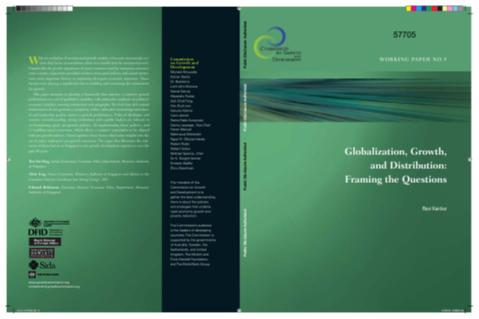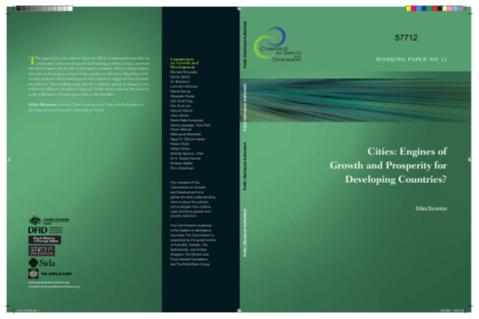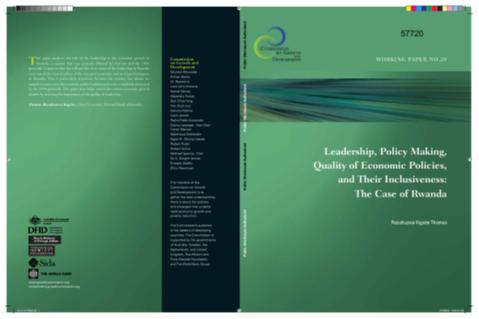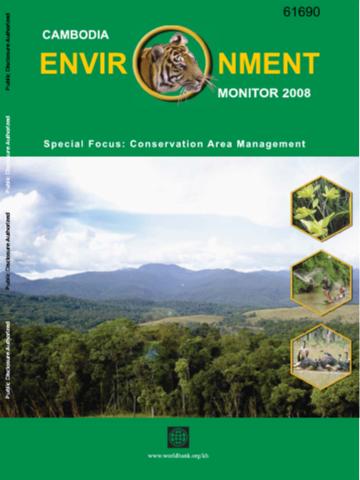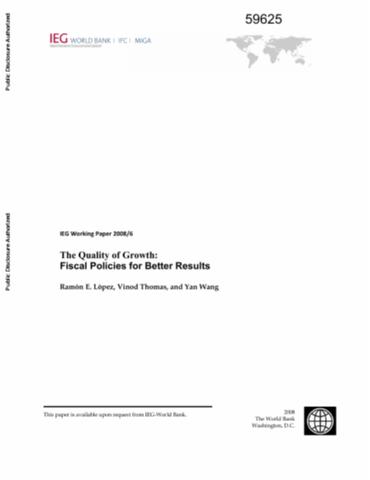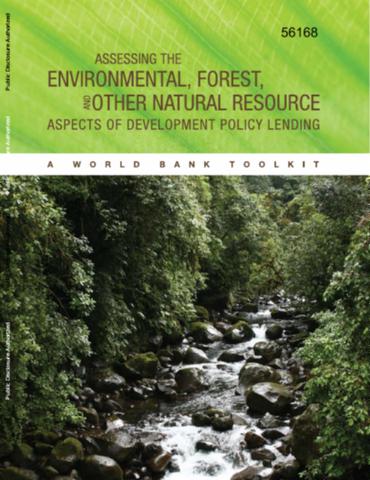Can edaphic factors demonstrate landscape-scale differences in vegetation responses to grazing
We focused on land units as landscape characteristics and selected seven typical land units on a land catena comprising two areas of southern Mongolia. Hierarchical analysis was used to test the hypothesis that a land unit's edaphic factors could explain the differences in vegetation responses to grazing.


